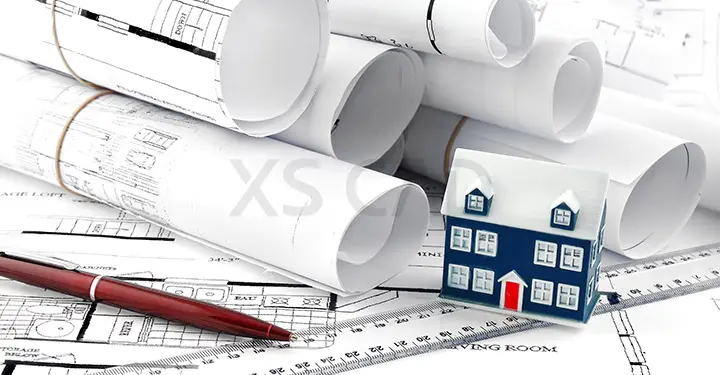Our Articles

5 Compelling Reasons to Use Revit for Homebuilding
Intelligent design transforms a house into a desirable home, and designers need high-quality tools to help visually represent their design. Home designers, until recently, were of almost unanimously convinced that Revit does not work well for the homebuilding industry, which is surprising, considering the versatility of Revit. The prime grouse home designers had against Revit was that it is 3D oriented, while they are comfortable producing 2D documents in AutoCAD, which is a time-tested software. Home designers were able to fulfil the design requests of typical clients with ease on AutoCAD or other similar software and did not feel the need to switch to Revit and BIM (Building Information Modelling). That’s changing now, and home designers and clients are seeing the advantages of using residential Revit BIM modelling for their home design requirements.
As BIM is becoming a major innovation for homebuilder drafting services and architectural CAD services as a whole, the need for using Revit is increasing, as it offers a plethora of features compared to its competition in residential BIM modelling. Five of the significant and compelling reasons for using Revit for home designing are discussed below:


Enables Preview:
Conceptual design is a significant requirement in home designing which is fulfilled via parametric modelling using Revit. Home designers can sketch through a floor layout plan or make quick changes to existing building designs and instantly show previews to clients. Using Revit, these changes can be applied at a very early stage of the homebuilding process, and it provides various design ideas in 3D.
Time Saving:
Architectural designing and drafting can be quickly and accurately delivered using Revit. During the designing phase, floor plans and building structures require frequent modifications. In Revit, whenever a change is made in the design or model, the changes are affected automatically in every related component and subsequently in the entire building model. This is made possible, because building components, such as plans, sections, elevations, etc., are intelligently connected to each other in Revit, saving a considerable amount of time.
Design Library and Error Corrections:
Revit comes pre-installed with an entire set of parametric building components, which can be easily modified. Newly created and finalised designs can be stored in Revit and can be used for quick references in future projects, including furniture, lighting, glazing, partitions and other equipment. Manufacturers add details to Revit components, such as sizing, finishes, product codes, etc. The 3D modelling in Revit helps architects identify areas of congestion and other clashes and resolve them to provide error-free designs.
Accuracy and Coordination:
Revit automatically generates the bill of quantities using quantity take outs from the model data, keeping costs in line. Revit also improves overall coordination of the elements involved in homebuilding, as it unifies the design, drafting and related processes.
Flexibility:
As more tools are being integrated within the Revit software and many other add-ons are available to pair with it, multiple users from varied platforms are able to use Revit and store all the designs in a single project file. Hence, merging disciplines in one file is made possible with Revit. Revit’s massing tools enable organic modelling easily, helping to develop construction-ready drawings for any shape.
There are many more reasons that make Revit one of the most sought-after software tools in the home designing sector, and it is also worth noting that Revit can handle structural and MEP designs services along with architectural files with ease. Some of the other reasons that homebuilders opt for Revit are:
Scheduling
Integration of Disciplines
3D Output
Phasing
Sustainable Design
Revit can help find the right parameters to optimise for maximum solar gain, account for wind distribution and thermal load, helping design sustainable homes.
Quality
For all these reasons, homebuilding companies have come to realise that Revit is an effective and advanced software to address the requirements of clients. All the available BIM information can be taken forward with 2D details in Revit, while relying on supplier information for additional data. Specialised residential drafting and BIM modelling services providers will most likely already have the typical details at hand and easily adapt them to needed configurations.
XS CAD has valuable experience providing residential Revit BIM modelling services, AutoCAD drafting services and residential rendering services for global homebuilding firms. Our range of services for homebuilders include architectural and Revit BIM modelling.

